Station/Railway Information
Train Information
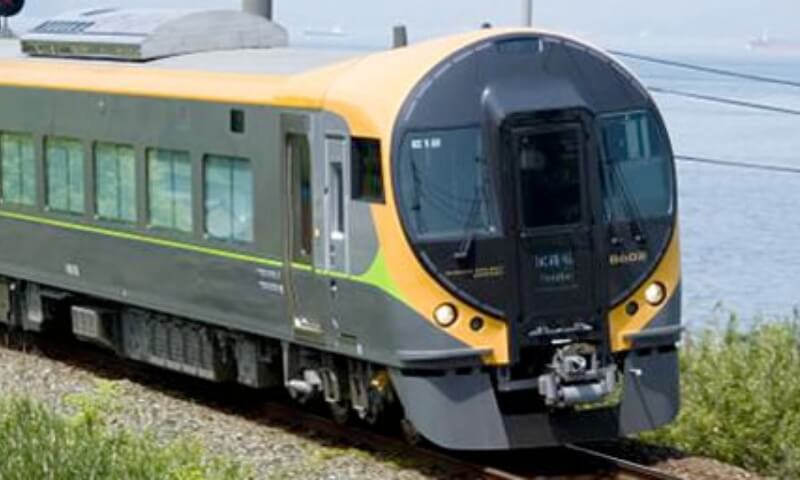
Series 8600 Limited Express

Series 8000 Limited Express
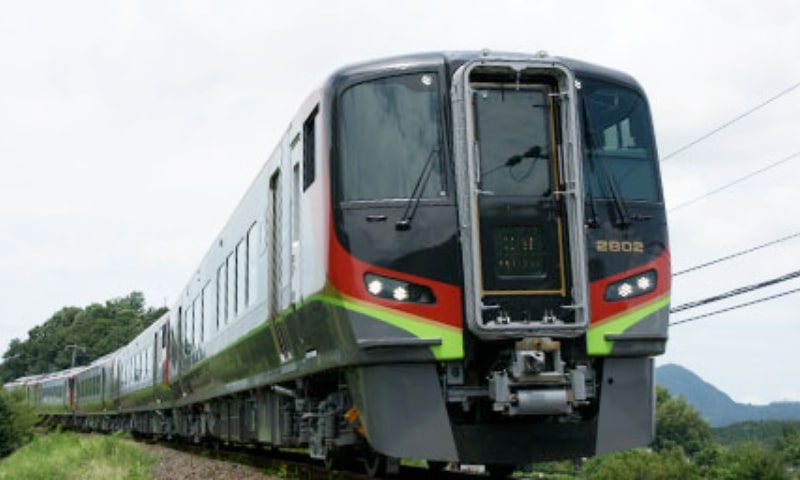
Series 2700 Limited Express diesel multiple unit
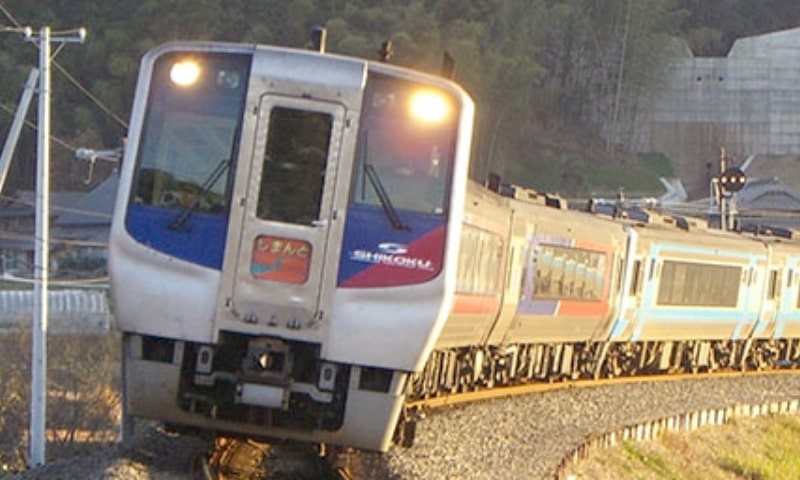
Series 2000 Limited Express diesel multiple unit
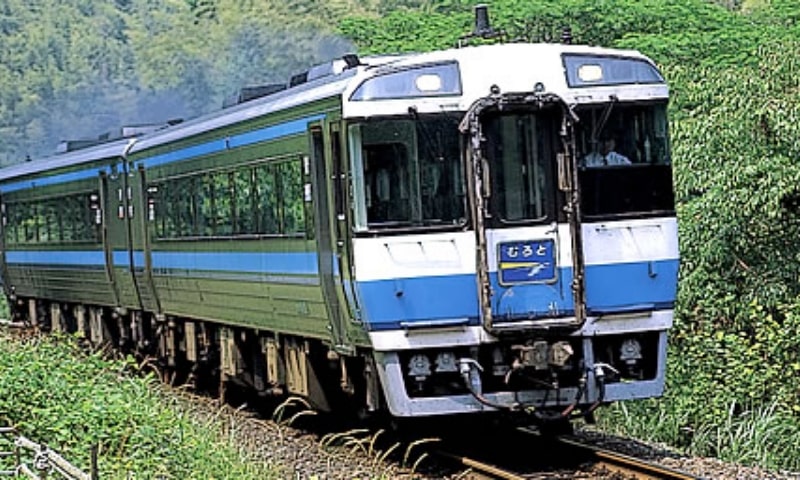
Series 185 Limited Express diesel multiple unit
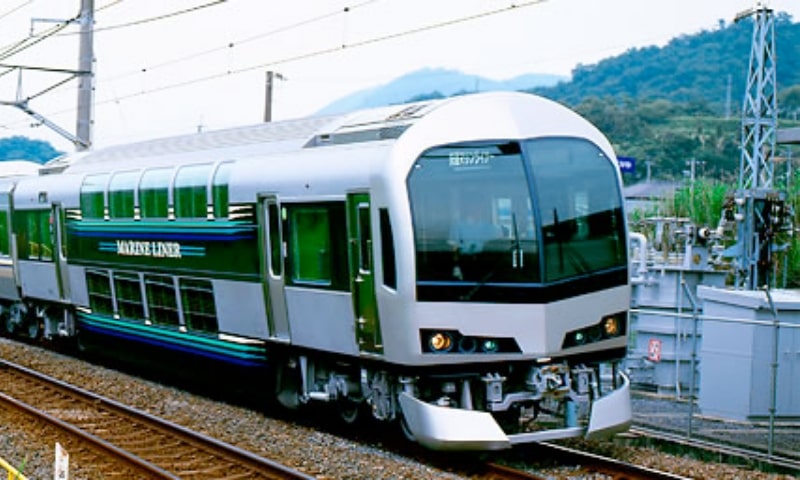
Marine-Liner
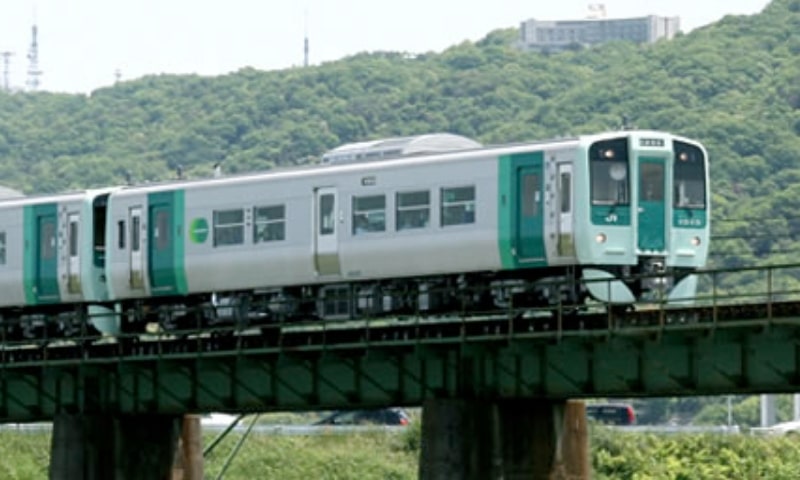
Series 1500 diesel multiple unit
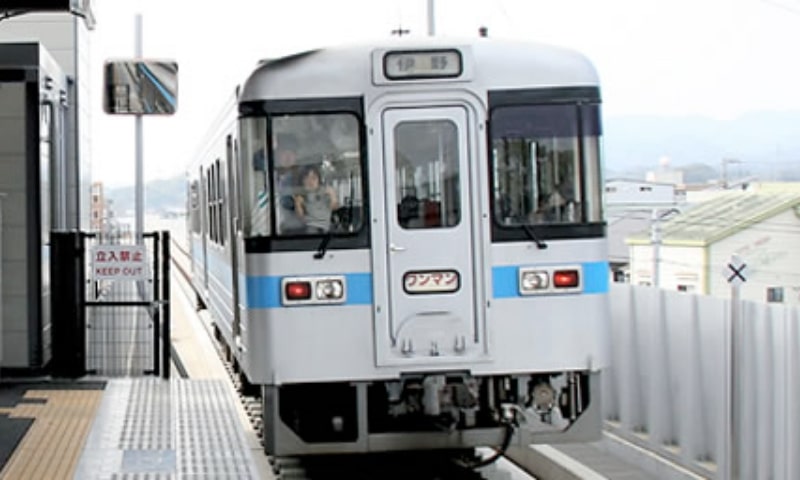
Type 1000 diesel multiple unit
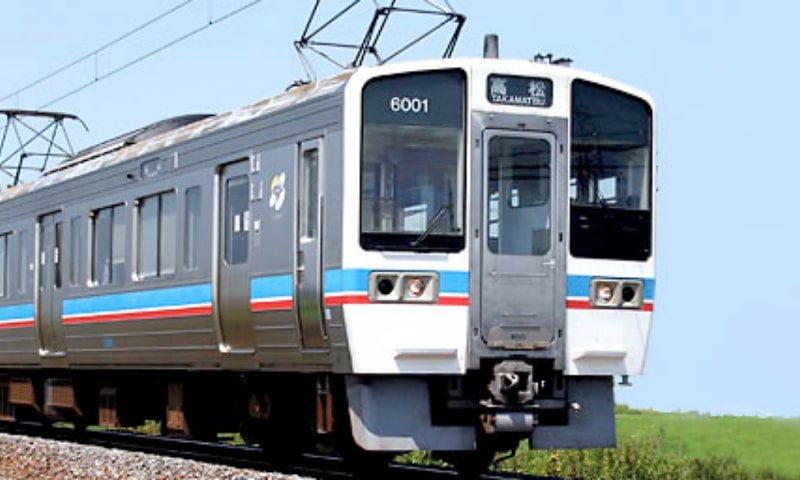
Series 6000
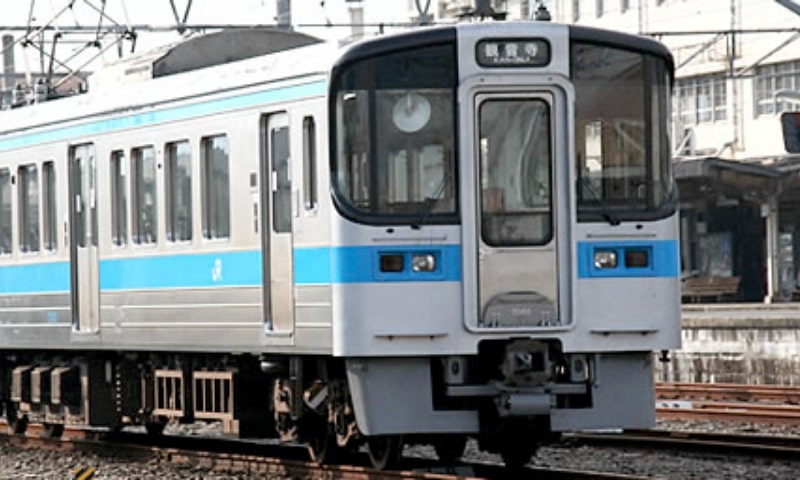
Series 7000
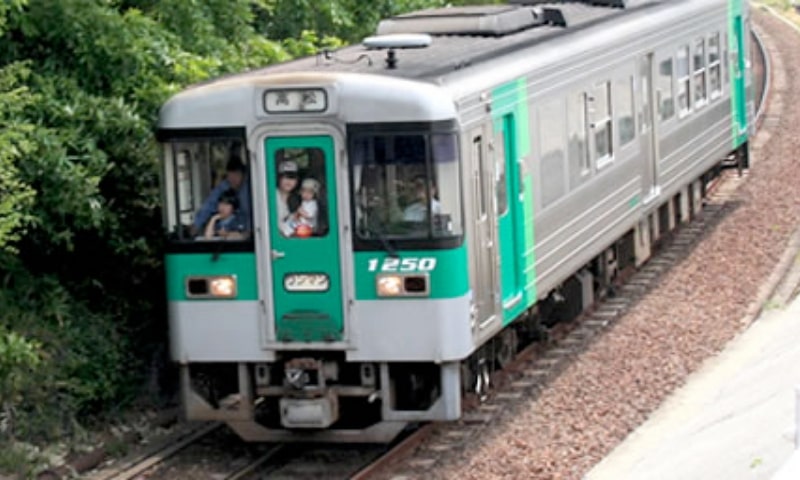
Series 1200 diesel multiple unit
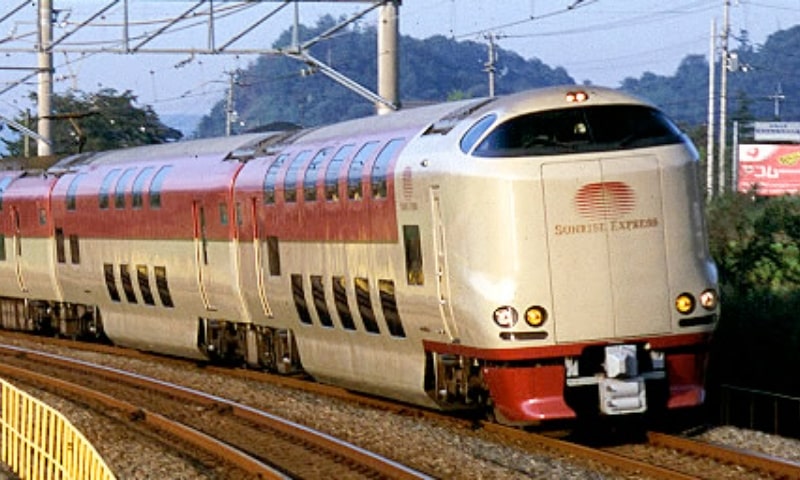
Sunrise Seto
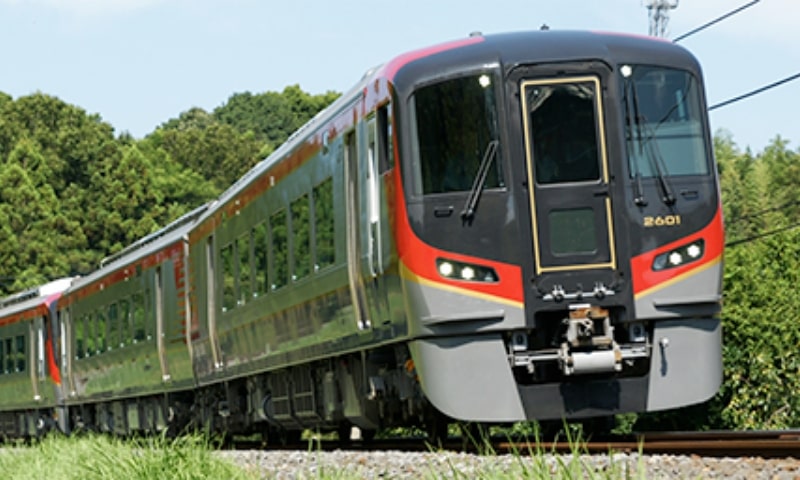
Series 2600 Limited Express diesel multiple unit
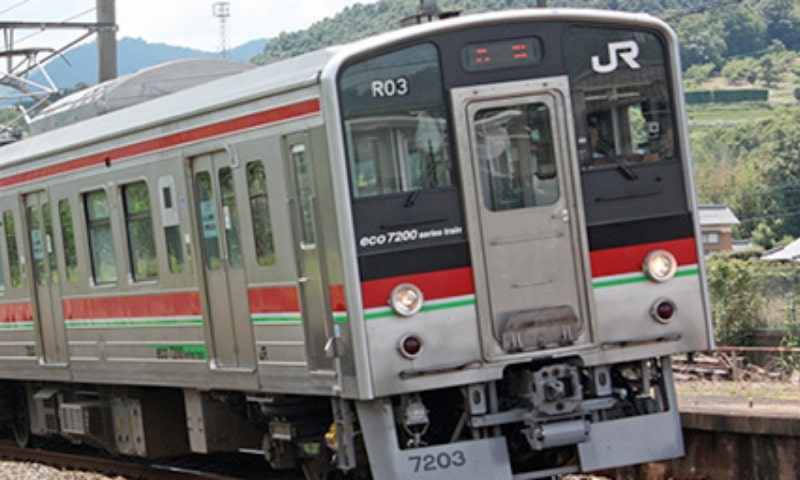
Series 7200
Series 8600 Limited Express
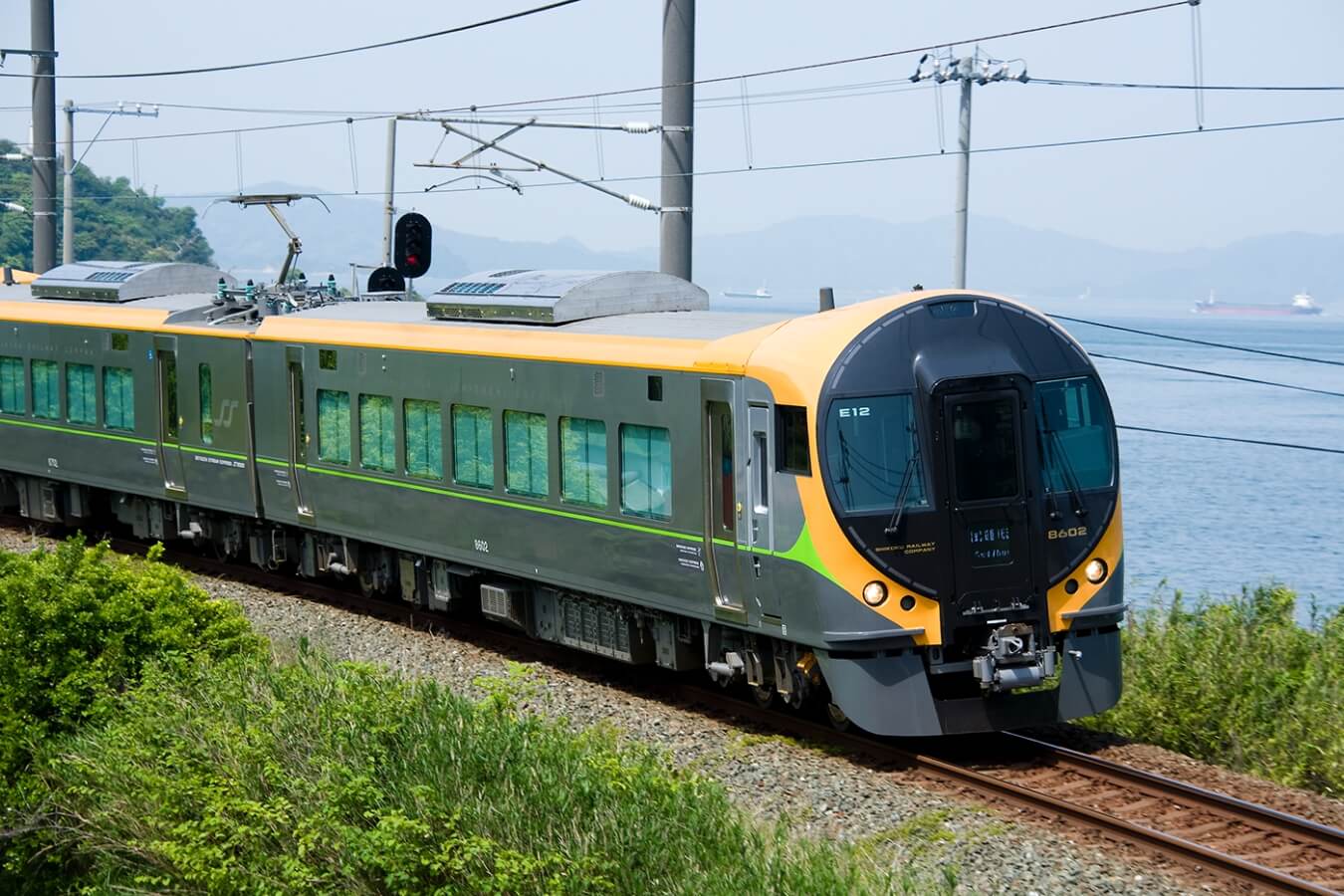
The series debuted in June 2014 as the Limited Express Ishizuchi 103 and Ishizuchi 104 between Takamatsu and Matsuyama.
The design concept is “retro-future” (a futuristic design of the last century), combining progressiveness and nostalgia, which offers refinement that appeals to business travelers, and a sense of excitement to tourists when traveling.
Series 8000 Limited Express
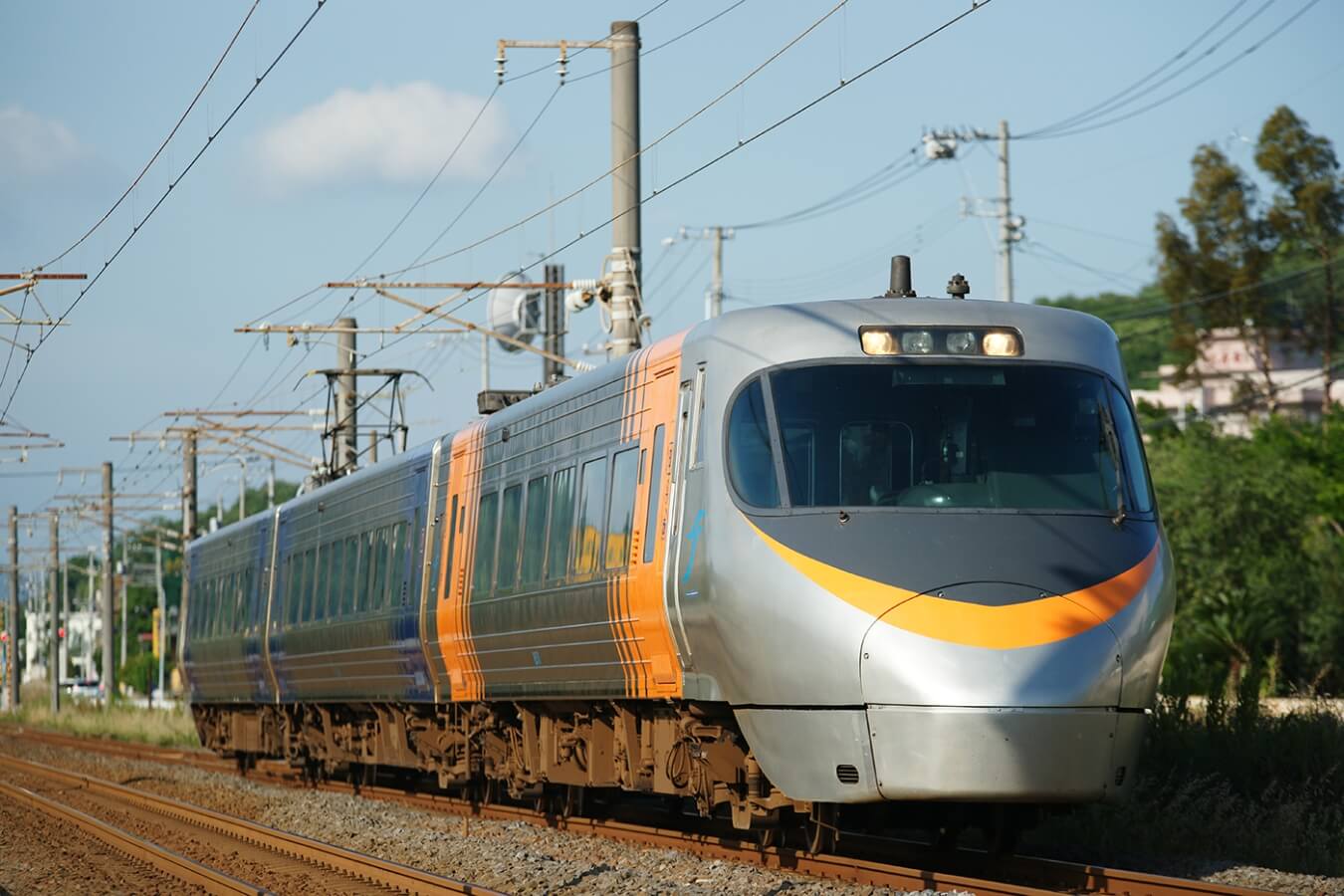
The series debuted in September 1992 between Okayama, Takamatsu and Niihama, preceding the electrification of the entire Yosan Line between Takamatsu and Iyo-shi in March 1993. It is one of JR Shikoku's most popular Limited Express trains, producing a maximum speed of 130 km/h. Since the autumn of 2004, the train's interior has undergone a major renovation, primarily with the reserved seats.
Series 2700 Limited Express diesel multiple unit
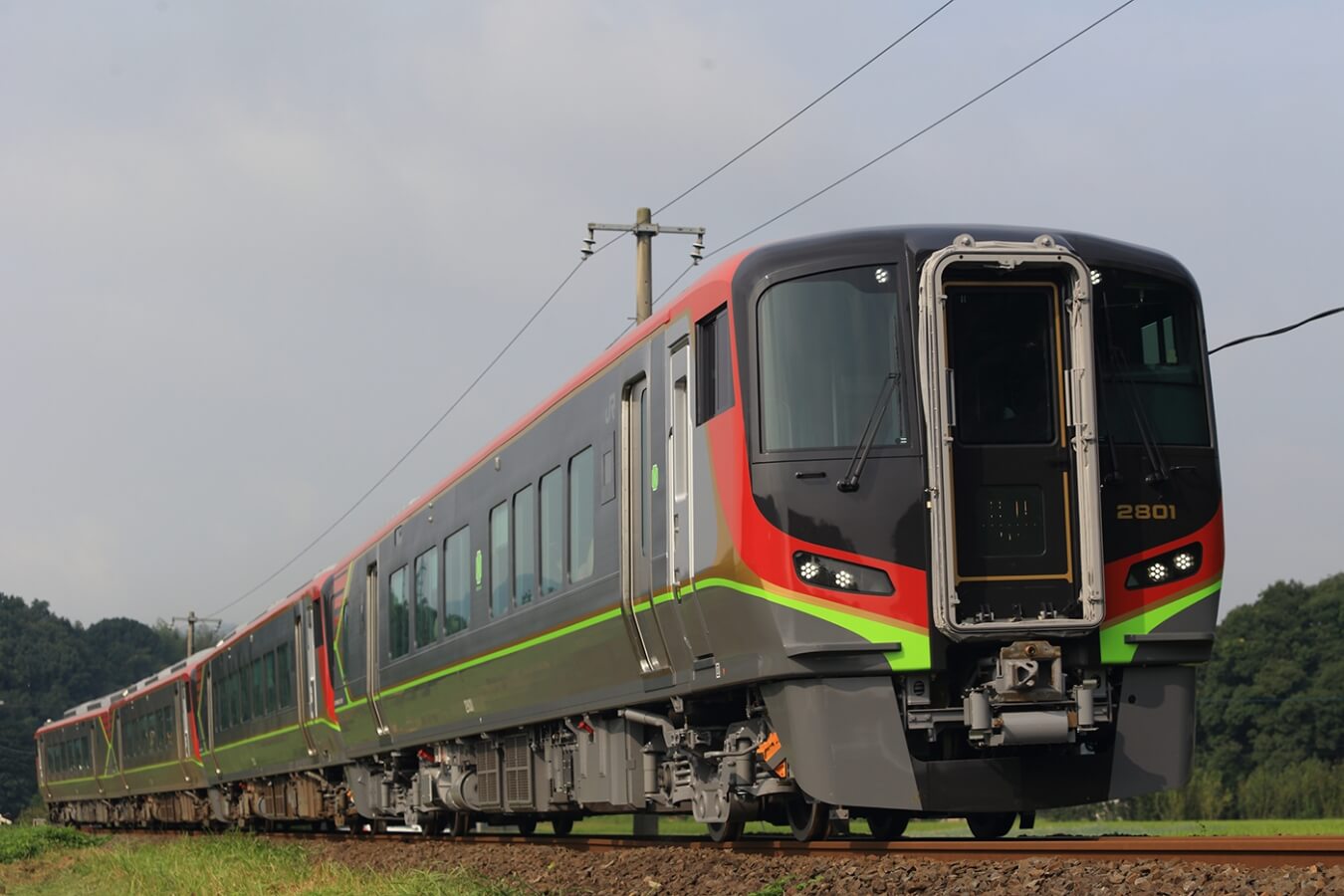
The series debuted in August 2019 as Limited Express Uzushio between Takamatsu and Tokushima and will be introduced to the Dosan Line.
It has a maximum speed of 130 km/h. The design is based on the concept of “neo-Japonisme,” a variation of a traditional Japanese design based on the Series 2600, making it a Limited Express train that combines peacefulness and progressiveness.
Series 2000 Limited Express diesel multiple unit

The series began operation in March 1989 on the Dosan Line. In March 1998, the new Series 2000 was introduced with a more powerful engine.
Series 185 Limited Express diesel multiple unit
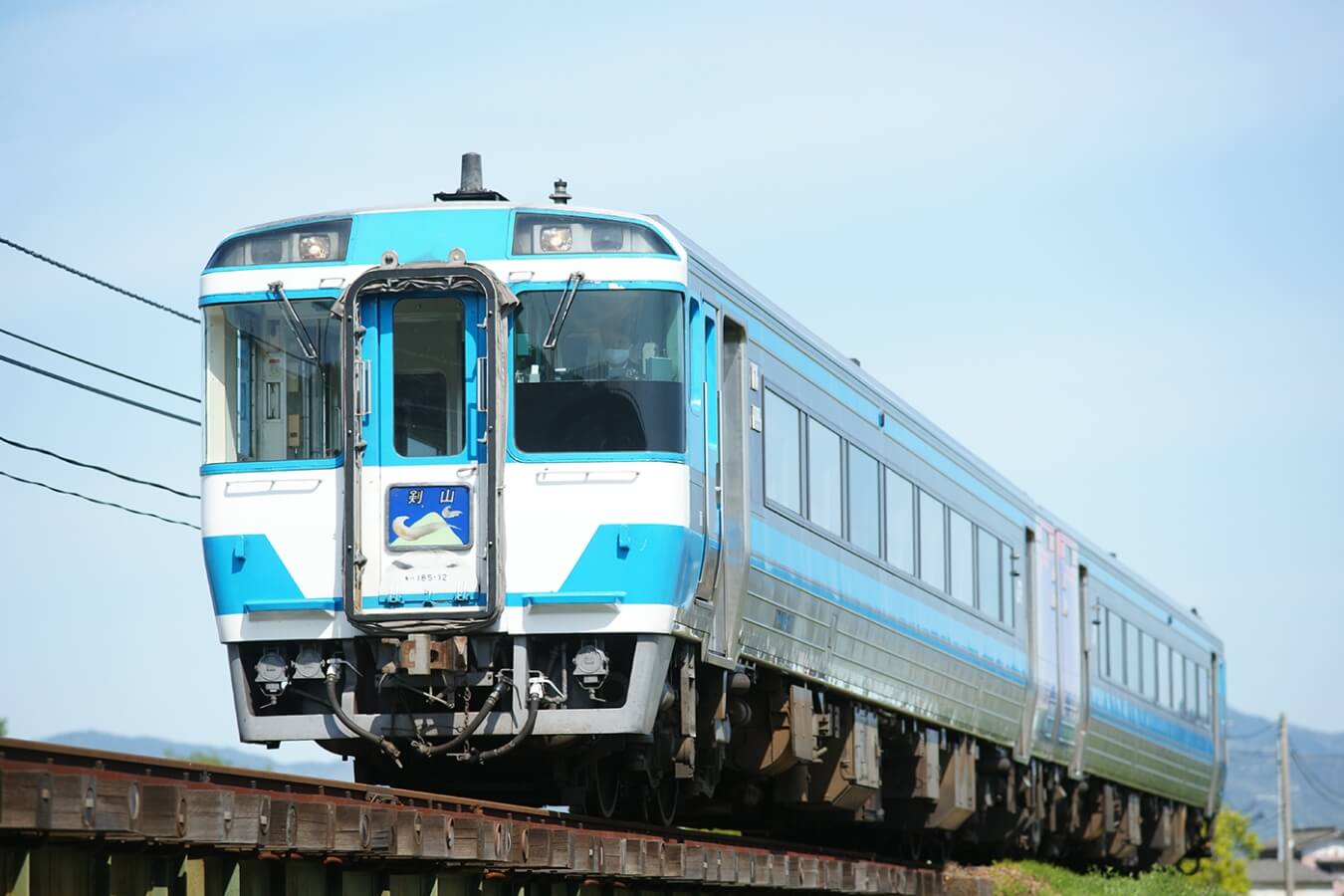
The diesel train began operation on Yosan and Dosan Lines in November 1986, just before the inauguration of JR Shikoku, as the first stainless steel Limited Express train. It has a maximum speed of 110 km/h.
Marine-Liner
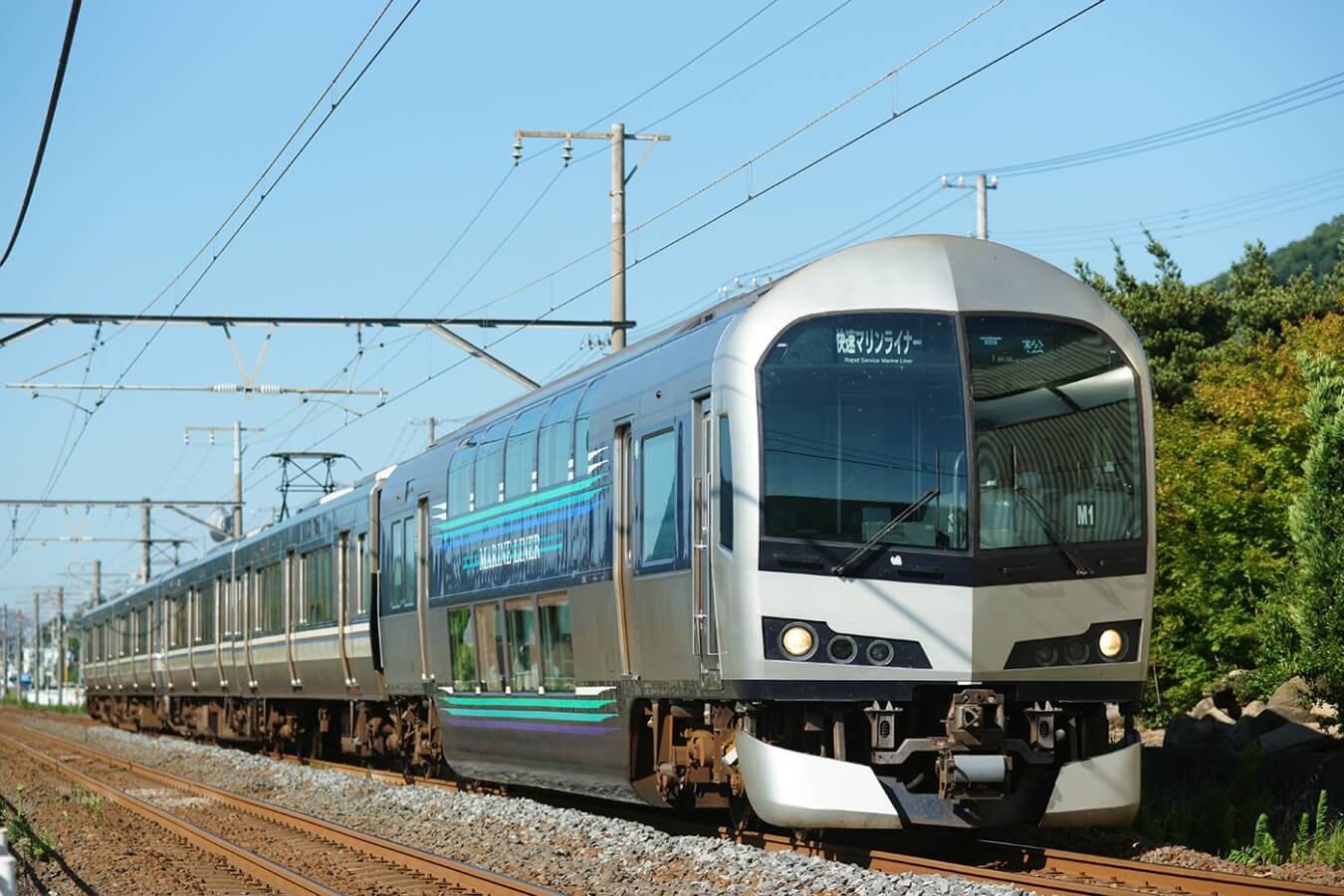
The rapid Marine-Liner connecting Takamatsu and Okayama has double-decker cars at its front, and the Green cars on the second floor offer a view of the Seto Inland Sea. The maximum speed was increased to 130 km/h, connecting Takamatsu to Okayama in an average of 55 minutes.
Series 1500 diesel multiple unit

The series began operating in May 2006 on the Kōtoku and Tokushima Lines and part of the Mugi Line. Compared to previous vehicles, the train has significantly reduced the amount of nitrogen oxide (NOx) in the emission and comes with wheelchair-accessible restrooms. We have also made an effort to make it barrier-free, reducing the gap between the train and the platform.
Type 1000 diesel multiple unit
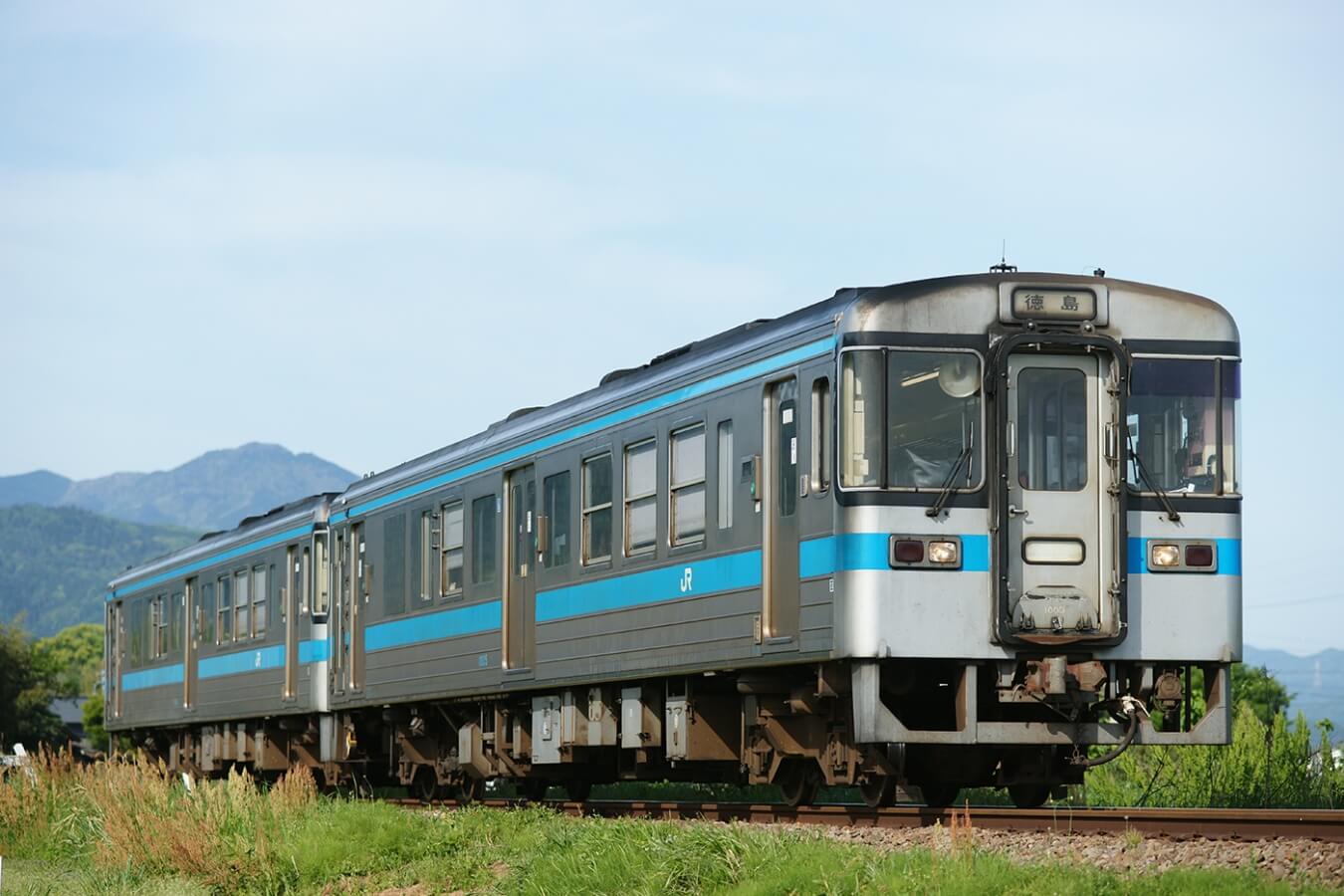
The diesel train was developed after the inauguration of JR as a mainstay for commuter trains in JR Shikoku's non-electrified sections and has a higher output and lighter weight than older diesel trains.
Series 6000

The series was developed to replace the aging Series 111 and features convertible side-facing seats.
Series 7000
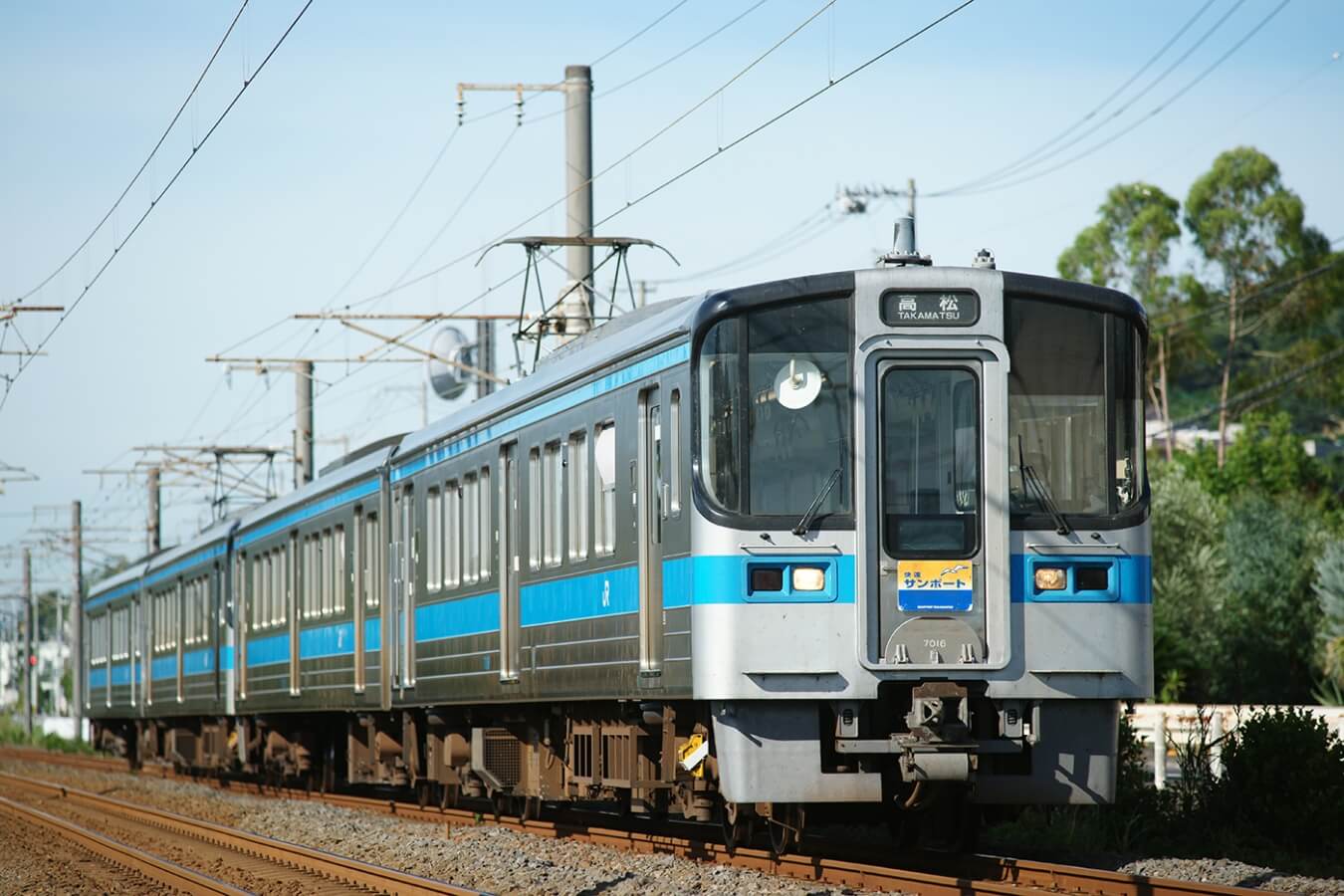
The series was developed to enhance urban and inter-city transportation to coincide with the extension of JR Shikoku’s electrified section to Matsuyama.
Series 1200 diesel multiple unit
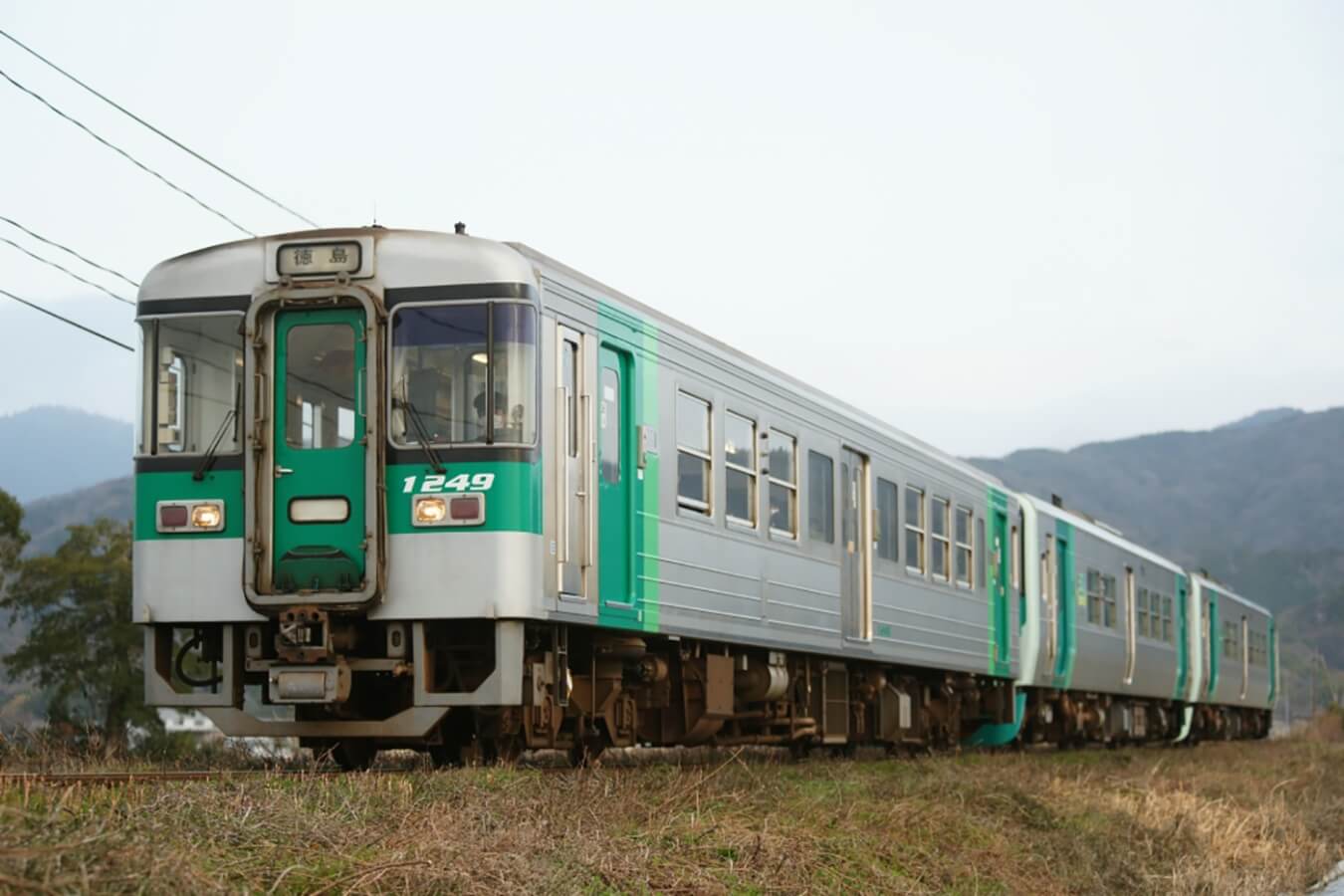
The series used as a commuter train in urban areas.
Sunrise Seto
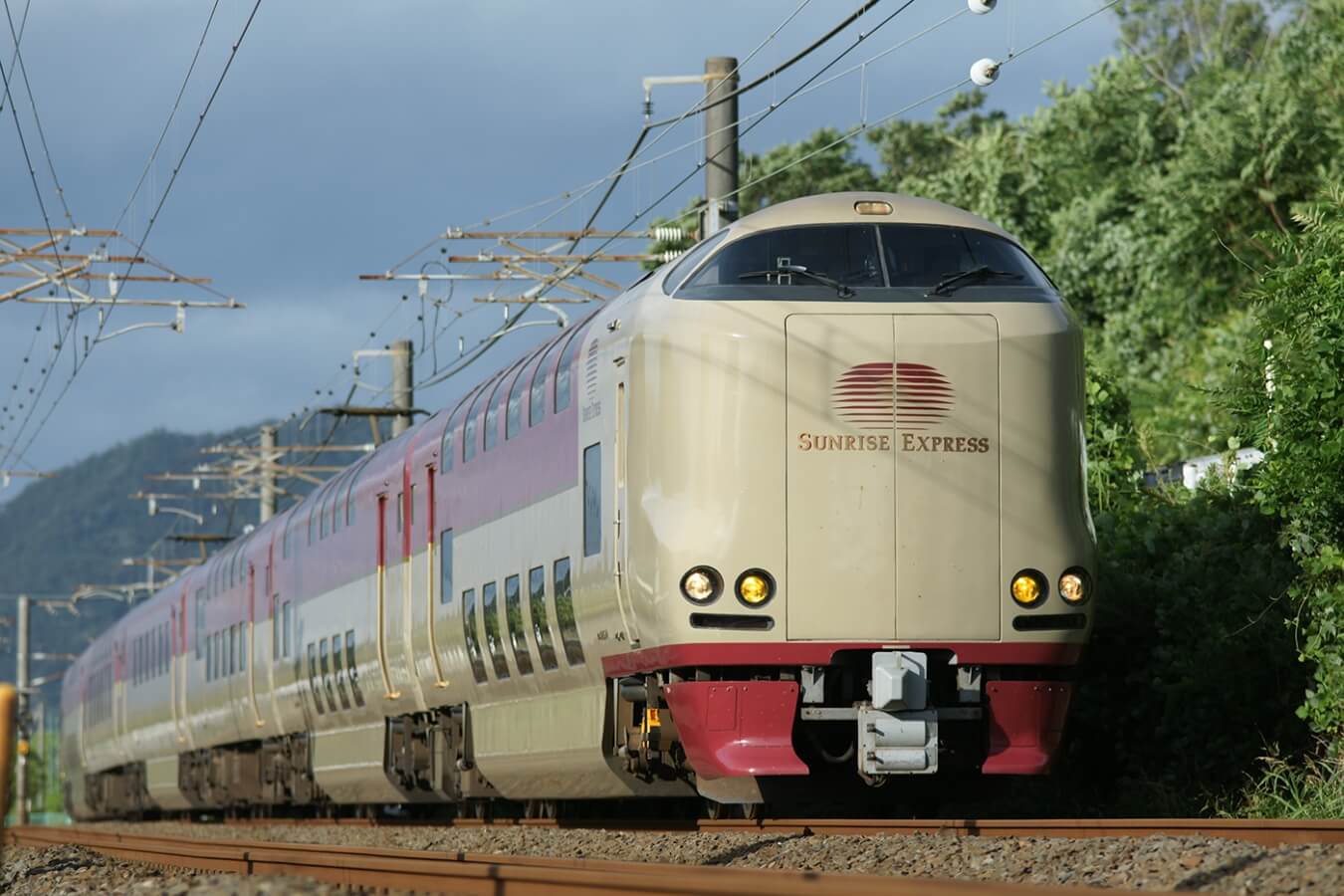
The series began operation in July 1998. It is designed with "sunrise" in mind, instead of the conventional midnight blue image of night trains. The train primarily comprises private sleeping berths and is a direct Limited Express service from Tokyo to Shikoku.
Series 2600 Limited Express diesel multiple unit

The series debuted in August 2017 as an extra train service between Takamatsu and Tokushima and began a full-scale operation in December as Limited Express Uzushio. It has a maximum speed of 120 km/h.
The design is based on the concept of “neo-Japonisme,” a variation of a traditional Japanese design, making it a Limited Express train that combines peacefulness and progressiveness.
Series 7200
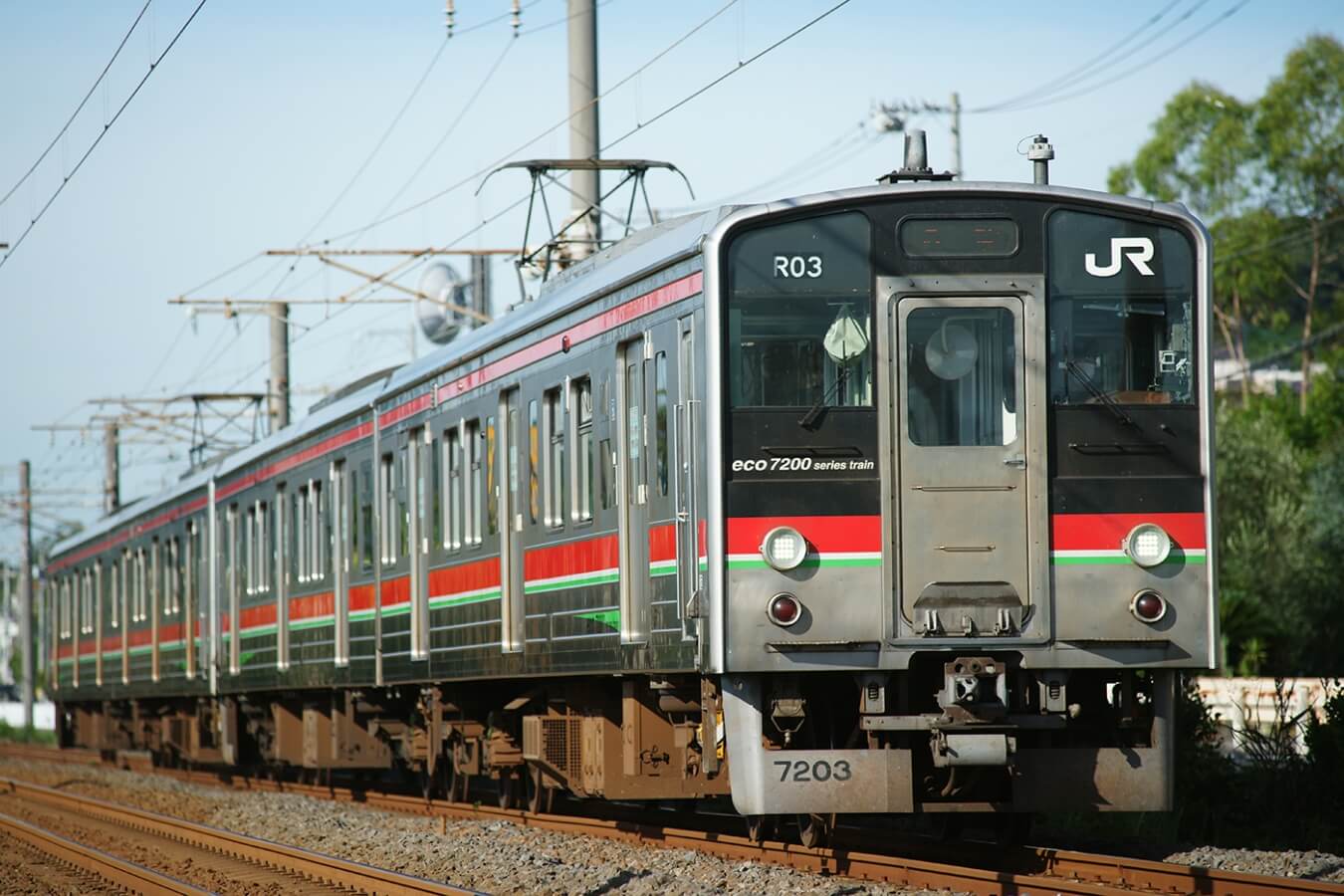
The series began operation on the Yosan Line in June 2016. Since 30 years have passed since the production of the Series 121, it underwent a major renovation to improve its service further. It was also renamed the Series 7200, anticipating coupling with the Series 7000.


